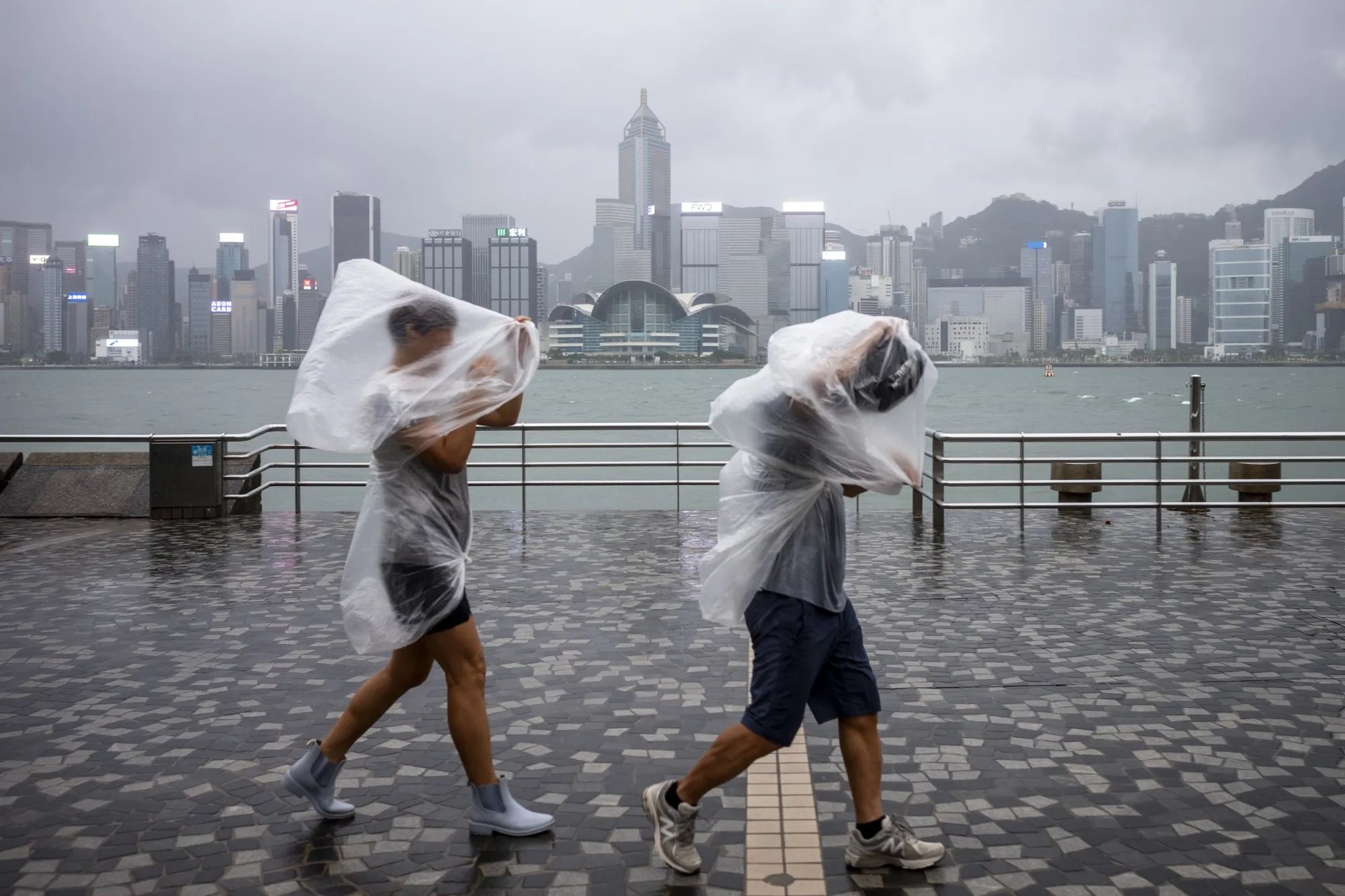Guide to Typhoon Season in Hong Kong
Typhoon season is an essential aspect of life in Hong Kong, especially for both residents and travelers. Here’s a comprehensive guide:
A typhoon in Hong Kong
Duration and Intensity
• The typhoon season in Hong Kong typically spans from May to early November, with the peak period being July to September, when the chances of a typhoon are highest, about 50%.
• The intensity of typhoons varies, and most storm winds last only a few hours unless the eye of the typhoon passes near, extending high winds up to 8 hours.
• Despite being a regular occurrence, direct hits by typhoons are rare. Since 1987, Hong Kong has experienced only two direct typhoon strikes and one tropical cyclone.
Preparedness and Safety
• Hong Kong is exceptionally well-prepared for typhoons with an efficient storm warning system in place, giving ample notice to residents and visitors.
• Buildings are built to withstand severe typhoon conditions, ensuring safety even during major storms. For example, during Super Typhoon Mangkhut in 2018, the city saw minimal casualties despite its strength.
• Tourists rarely face significant danger during a typhoon, but it’s essential to stay updated on alerts.
Weather Breakdown for Peak Typhoon Months
• July: About a 60% chance of a typhoon, with hot and humid weather and average high temperatures of 32°C (90°F).
• August: Similar to July, with a 60% likelihood of a typhoon and highs of 31°C (88°F).
• September: A slightly lower typhoon probability of 50%, with continued rain and temperatures around 30°C (86°F).
• Typhoons bring heavy rainfall, contributing significantly to Hong Kong’s annual precipitation during these months.
Understanding the Hong Kong Typhoon Warning System
Hong Kong’s typhoon warning system is crucial for public safety. Here’s an overview of how it works:
Classification of Tropical Cyclones
• The Hong Kong Observatory (HKO) classifies tropical cyclones based on their intensity:
• Tropical Depression: Winds up to 38 mph (62 km/h).
• Tropical Storm: Winds between 39 mph (63 km/h) and 73 mph (118 km/h).
• Typhoon: Winds over 73 mph (118 km/h).
• Severe Typhoon: Winds above 103 mph (166 km/h).
• Super Typhoon: Winds exceeding 150 mph (241 km/h).
Tropical Cyclone Warning Signals
• The HKO issues various warning signals to help the public prepare:
• T1 Signal: Indicates a storm is nearby and may strengthen.
• T3 Signal: Warns of potential flooding in low-lying areas.
• T8 Signal: Issued when gale-force winds are expected within 12 hours, urging people to secure homes and stay indoors.
• Storm Signal 9 and T10: The highest warning levels, signifying extremely dangerous conditions requiring maximum precautions.
Precautionary Measures During a Typhoon
• Follow these guidelines when a warning is in force:
• Stay updated through official channels (HKO, news, government advisories).
• Secure outdoor items to prevent them from becoming airborne.
• Stock up on essentials like water, non-perishable food, and batteries.
• Prepare your home by closing windows, reinforcing doors, and charging devices.
• Avoid going outdoors unless necessary during a storm.
Cyclone Naming System
• The HKO names tropical cyclones to simplify communication and tracking. Starting in 2024, these names will alternate between male and female.
Educational Resources
• The HKO provides extensive educational materials on tropical cyclones to raise awareness and promote safety.
For more detailed information, visit the Hong Kong Observatory’s Tropical Cyclone Main Page. Always stay informed and well-prepared during the typhoon season for your safety.
